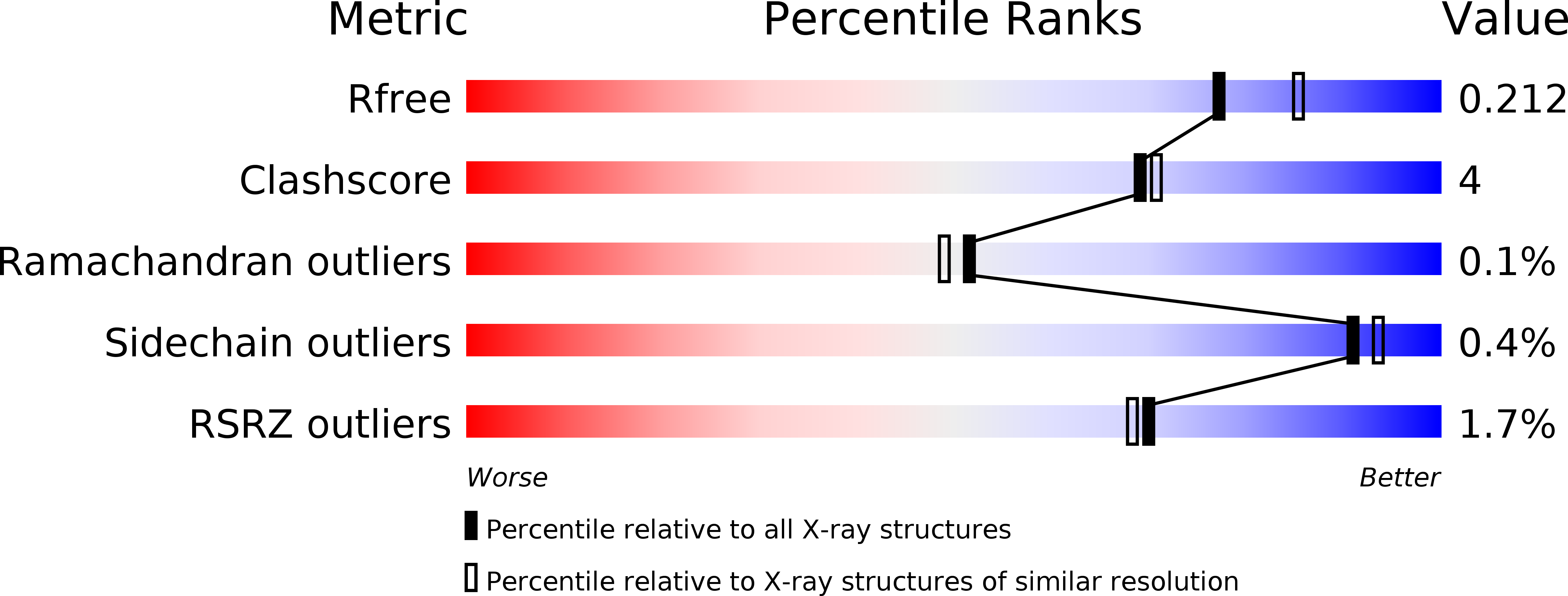
Deposition Date
2014-06-30
Release Date
2015-02-25
Last Version Date
2024-02-28
Method Details:
Experimental Method:
Resolution:
2.00 Å
R-Value Free:
0.21
R-Value Work:
0.17
R-Value Observed:
0.17
Space Group:
P 21 21 21


